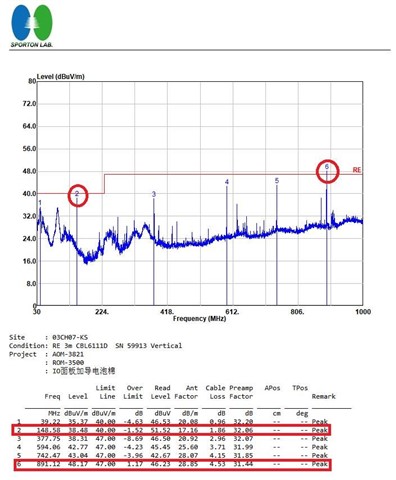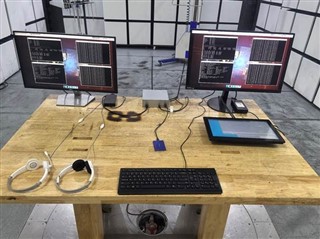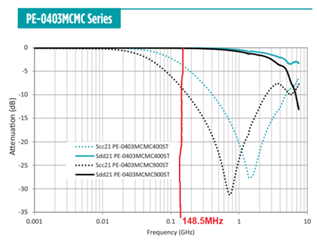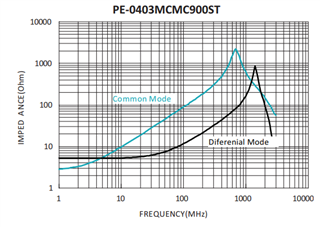Tool/software:
Hi team,
There is a project using TMDS181 in customer board. The HDMI points fail to meet the requirement of Class-B:
891MHz: over spec of 1.17dB
148MHz: the margin is only 1.52dB, which has risk.
Test results:

schematic:TMDS181 -AOM-3500_DCC SNOOP.pdf
layout: HDMI Re-timer-JOB.brd
Support need:
Help to suggest on how to improve the EMC performance. Whether it's related to the CMC choke selection?
BRs,
Rannie




